 Much has been written about efforts to “streamline” foundation application processes – reducing the number of hoops applicants must jump through, right-sizing applications to the grant amounts, and asking questions in such a way that the answers are truly useful for funder decision making. But extraordinary grantmakers move beyond streamlining applications and grant reports to reviewing every aspect of their internal operations to identify opportunities to streamline. They audit their operations to find unnecessary blockages, duplication, wasted efforts, and barriers to impact.
Much has been written about efforts to “streamline” foundation application processes – reducing the number of hoops applicants must jump through, right-sizing applications to the grant amounts, and asking questions in such a way that the answers are truly useful for funder decision making. But extraordinary grantmakers move beyond streamlining applications and grant reports to reviewing every aspect of their internal operations to identify opportunities to streamline. They audit their operations to find unnecessary blockages, duplication, wasted efforts, and barriers to impact.
Why? Consider what the following examples of inefficiency might do reduce productivity or effectiveness:
- A foundation assigns six different staff members to review and edit a simple four-page case study.
- A funder requires staff to issue RFPs every time they want to hire a consultant, regardless of whether they have already worked with a fantastic consultant who could start immediately.
- Another funder insists that at least three consultants must submit proposals in order for staff to hire one. If only one or two outstanding consultants apply, they cannot be hired.
- A funder requires that every RFP for grants be approved by five separate departments within the foundation before it can be issued.
In each of these examples, foundation leaders failed to apply basic common sense and examine their internal processes to identify blockages, barriers, and waste. While these might seem like minor examples, the collective impact of such inefficiency across many departments and operations of a foundation results in a tremendous amount of wasted staff time, wasted foundation dollars, and unnecessary delay.
Grantmakers who have mastered the art of streamlining regularly review their internal processes to identify blockages and inefficiencies. They make strategic internal investments to improve. They also hire great talent and trust them to do the job well.
Here are two examples of extraordinary grantmakers who have streamlined their operations:
- In an effort to become more efficient, Blue Shield of California Foundation (BSCF) invested resources to track their internal grantmaking processes. As I wrote in the online journal GMNsight last year, BSCF found fairly substantial inefficiencies and redundancies, made a plan to address them, and are now significantly more efficient and effective – with both time and dollars – than they were before. By making an extra effort to explore their own inner workings, they now can accomplish their internal work with less effort and spend more time thinking, networking, and immersing themselves in the fields they serve.
- When the Robert Wood Johnson Foundation needed to conduct 20 site visits across the country with a team of six staff, consultants, and advisory board members – within one month’s time – it quickly calculated the cost in time and travel expenses and realized it would be a burden on the team. It chose instead to streamline the site visit process and conduct them virtually. While not as ideal as in-person interaction, the virtual site visits were enormously helpful for informing funding decisions, and they likely saved the foundation tens of thousands of dollars.
Grantmaking can be complicated, but it doesn’t have to be needlessly complex – especially if that complexity erodes efficiency and effectiveness. Sometimes it’s easy to mistake complexity for sophistication, but don’t fall prey to that mistake. When issues of complexity arise, remember that in grantmaking, as in almost any other undertaking, the simplest route almost always is the best.
______________________________________________________________________
Want to learn more? This post was adapted from The Putnam Guide: 5 Best Practices of Extraordinary Grantmakers, available for free download on my website. You can also check out my new book, Confident Giving.
Kris Putnam-Walkerly is a global philanthropy advisor and was recently named one of “America’s Top 25 Philanthropy Speakers.” Her clients include the Robert Wood Johnson Foundation, David and Lucile Packard Foundation, Annie E. Casey Foundation, and Charles and Helen Schwab Foundation, among dozens of others. Learn more at putnam-consulting.com.
“Putnam was instrumental in helping the United Way of the Bay Area identify organizational challenges and set priorities to tackle these challenges. They did this in a very thorough and responsive way, without taking too much of our staff’s time. The Putnam team understood our institutional culture and brought remarkable diplomacy to a difficult situation. They presented their findings to our various stakeholders in ways that prompted action and commitment and have changed the way we do business here.”
~Molly Wertz, Vice President, United Way of the Bay Area






